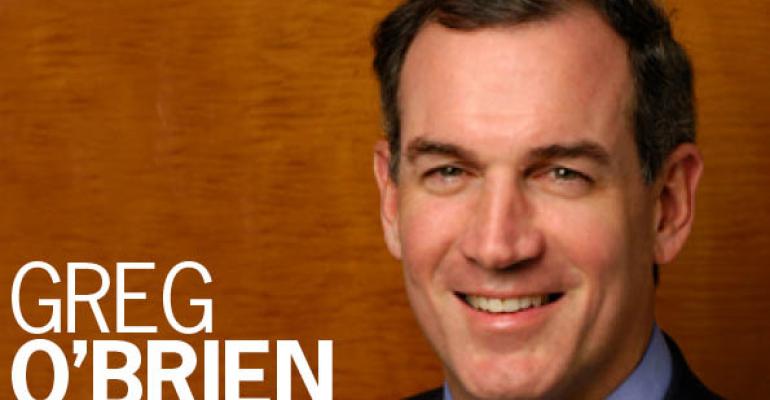The safety and well-being of employees has always been a key priority for owners and managers of real estate, and their services partners. New issues and changes in federal safety regulations, or health risks like the Ebola virus, often require our guidance. As we look ahead to 2015, when projected growth may increase the likelihood of incidents, the commercial real estate industry needs to continue its focus on promoting a culture of safety for employees and clients.
It is the responsibility of commercial real estate experts to develop strategies that prepare and protect clients and employees. As my colleague Bob Best, JLL’s head of energy and sustainability, explains, “Our clients are realizing the importance of safety more than ever before. In fact, many clients are telling us it is their number one priority and they expect their business partners to look at it the same way.” Preparation reduces risks, and allows commercial real estate companies to proactively impact health, safety and well-being at the buildings they manage.
Beyond preparedness, developing robust safety plans enables real estate companies to create value for clients by creating safe working environments; reducing injury and incidents; and providing access to experts, technology and resources. With programs customized to fit the needs of each client’s portfolio, safety becomes a real estate-client partnership. Real estate service providers can help their owner and occupier clients by creating programs that have these components:
- Benchmarking current programs
- Assessing hazards, risks and recommendations
- Recommending action plans, including training and areas for growth
- Implementation plans that refresh the message regularly
- Governance, with regular performance reviews
- Adjusting based on client needs, followup and continuous improvement
A critical factor for all safety plans is constant reporting and communication. Client teams, safety professionals and leadership must always be vigilant to identify potential issues and risks so they can formulate response protocol. The worst-case scenario is to be unprepared or unaware of a situation until it becomes a crisis.
The reward for effective safety programs is tangible. At JLL, the global “Recordable Incident Rate (RIR),” a measure of recordable injuries and illnesses per 100 full-time employees per year, remained stable at 0.6 in 2013 compared with the average of 3.3 for real estate property managers. Our global “Days Away, Restricted Duty and Transfer (DART)” rate, a measure of recordable injuries and illnesses per 100 full-time employees per year decreased by 28 percent in 2013 to .26, well below the industry average of 1.4 for real estate property managers. The more prepared a real estate team, the fewer safety incidents and the healthier and more productive the team.
As we look ahead to the next year of growth, real estate companies need to anticipate possible risks, and set specific safety goals for our companies and our clients. For JLL, achieving “GoalZero,” or zero injuries, defines our culture of safety and is a long-term commitment to our people and our clients.
Greg O'Brien is CEO, JLL Americas, and is based in Chicago.

